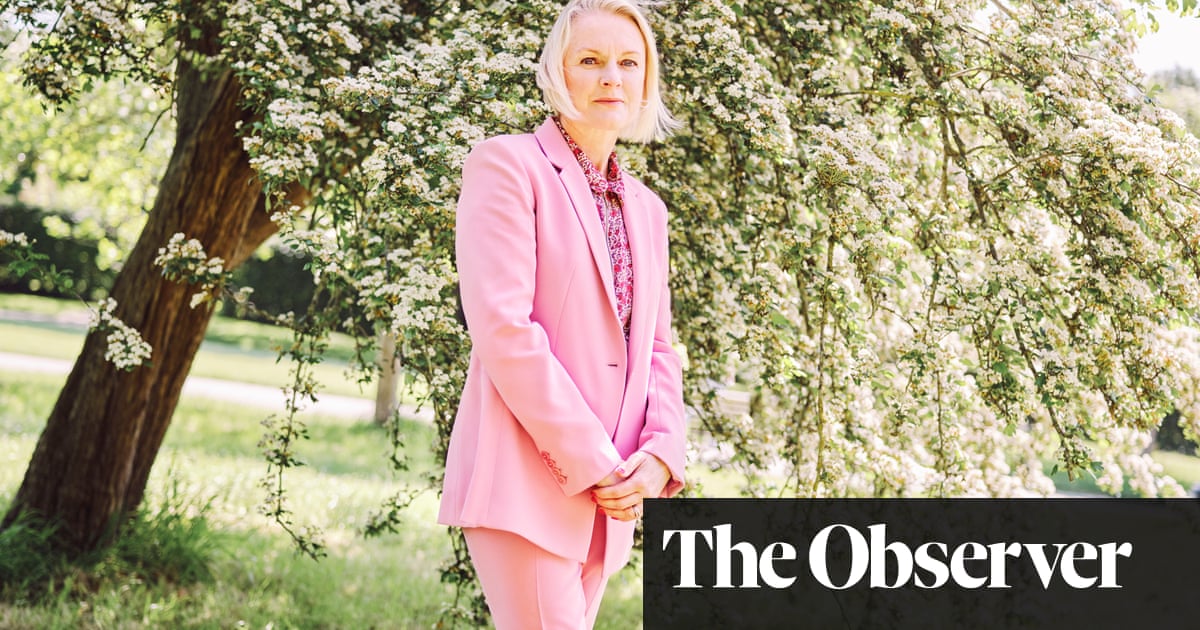
It’s the beginning of summer, yet as I type these words, I’m watching sheets of rain coming down at an angle as my chickens cower under their hen house. Aside from a few gloriously sunny days, it feels like the rain hasn’t stopped since the middle of last autumn. While most of my plants appreciate the moisture, the wetter than usual weather has led to some issues in my veg patch.
Our heavy clay soil is more compacted than ever and the slugs and snails now reign, busily mowing down the young plants I raised from seed and entrusted to the veg beds. They came for the lettuces first, which didn’t survive their first night in the soil. Then they came for the brassicas – the radishes, the kohlrabi and the red Russian kale – stripping their leaves back to the scrawny mid-rib, destroying the centre so there was no chance of them growing back. After I convinced myself that they wouldn’t go for strong flavours, they devoured the coriander and dill seedlings that I’d planted, too. All the crops that I’d hoped to be harvesting by now are nowhere to be seen.
It seems I’m not alone in facing an overabundance of hungry molluscs this season. Every grower I’ve spoken to has lamented the ravaging effects that slugs and snails have been having on their hopeful bean seedlings and succulent hostas. Frustrated gardeners have been reaching out to the Royal Horticultural Society (RHS) in the hopes of an explanation and it turns out that we’re not imagining things: a mild winter followed by a warm, wet spring has created “ideal conditions for molluscs”, according to Dr Hayley Jones, the RHS’s principal entomologist.
Now, I wholeheartedly believe that my garden is as much their home as it is mine. They are an integral part of the balanced ecosystem, so it is my job as a nature-centric food grower to uphold them as best I can. Yet my affection for these garden gastropods is wholly ideological. We don’t talk honestly enough about how utterly infuriating it can be to encourage wildlife into your garden, only to witness the subsequent destruction of the plants and crops that we care for and covet. And it probably doesn’t help that I find their sliminess too gross to admire. Perhaps if I found them somewhat cute I wouldn’t feel as tempted to go out at night, torch in hand, on a mucilaginous murderous rampage.
If you’re familiar with my approach to growing, you’ll know that I wouldn’t – couldn’t! – revert to chemical warfare when it comes to so-called pests. Yet none of the holistic solutions – crushed eggshells, sheep’s wool, copper tape – have kept the slugs off my plants. Beer traps are somewhat effective, but I don’t like not knowing whether the slugs tricked into drowning are happily drunk or horribly sad when they die (plus the traps are grimly stinky to empty).
So this season, I’ve taken to growing my young plants under protection – in the greenhouse or on my windowsills – for longer than I would ordinarily. It gives them a chance to grow larger and more robust, in the hope that they can withstand some nibbling when I eventually plant them outside. I’m also sowing extra spring onion and beetroot seeds so that I have plants poised to plug the gaps with crops they seem less interested in. Plus, I’ve seen frogs and common lizards prancing from the wild areas and into the veg patch, giving me hope that I’ve managed to encourage the kind of wildlife that will keep the slug numbers manageable.
It’s also worth remembering that not all slugs are a threat to your plantlets. Some only eat decomposing plant matter, making nutrients available for growing plants. Others eat other slugs, so if you are inclined to dispense with those you do find (preferably relocating them instead of killing them), make sure that you’re not doing away with a garden friend. In fact, out of the 100-plus species of slugs and snails that reside in the UK, only nine of them are interested in your garden plants. The trouble is, you have to be able to bear to look at them for long enough to tell the difference.
In a final desperate bid to come to terms with the invertebrates that dine out in my veg patch, I’m trying to see them as an extension of the friends and family that I love to feed from the crops that I grow and harvest. I sow some seeds for us and a handful more for them, chalking up the extras as sustenance for my neighbourhood slimy diners. Still, I’d rather they didn’t come round for dinner.
Claire Ratinon is an organic food grower and writer












